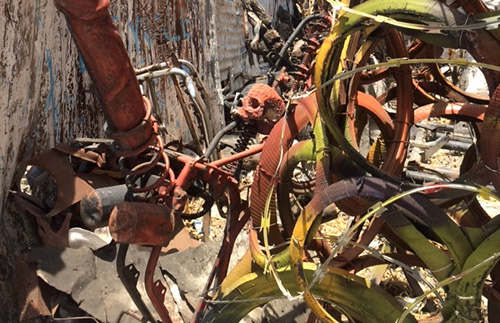Atis Rezistans isn’t your garden-variety lowbrow space. Occupying two square blocks in Port-of-Prince Haiti’s Grand Rue district, it houses an elaborate labyrinth of studios, workshops and living areas. The Atis Rezistans campus looks like a junkyard of champions from a distance; but walk closer, and visitors quickly realize how each artist space is interconnected with another, the informed relationship between discarded materials and assemblage, and the prolificacy with which residents are producing new work.

Conceived by Jean Herard Celeur and Andre Eugene with Guyodo (who’s since splintered from the group), nearly a dozen artists create both independently and collaboratively on the grounds. It isn’t so uncommon to see someone using the same materials or borrowing an idea – especially if this idea is selling. Facing stringent economic realities, there is a pragmatic approach toward making art that’s marketable. Authorship is for many a shared experience, and though not all at Atis Rezistans buy-in to this creative process, the emphasis can be construed on craftsmanship and the talent for executing a particular type of piece, rather than on the originality of the piece itself. While the rhetoric of Haiti’s American neighbors is much more veiled in individuality and art for art’s sake, the unapologetic transparency at Atis Rezistans addresses tangible issues of economic necessity, cultural trending and appropriation.

Celeur, for one, seems to have found his path within and outside of Atis Rezistans, and is preparing for an exhibition in November at Grand Palais in Paris. Aptly dubbed Haiti, the show will survey Haitian art dating back to the 19th century, and features more than 150 works from Hector Hyppolite’s “Kiss” to Celeur’s very own wood and mixed media sculptures.
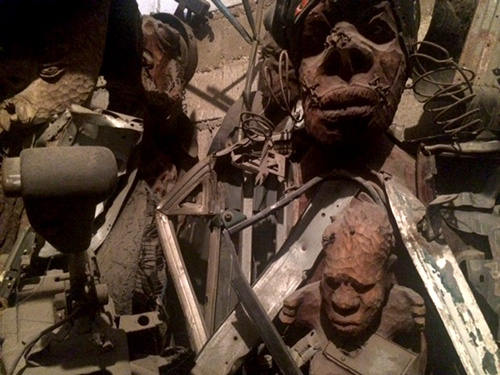
The cultural exchange at Atis Rezistans – by way of how artists are inspired by each other and their place in contemporary and post-modern arts practice – is an ever-evolving dialogue. Much like how Atis Rezistans is physically described as a salvage yard of sorts, there’s true renewal in the way concepts are developed, remixed, and brought to life. It’s well-worth experiencing in-person, though consider a visit during the Ghetto Bienniale, which invites the international arts community to use materials found on-site during a month-long program of exhibits, events and festivities.
From the Ghetto Bienniale:
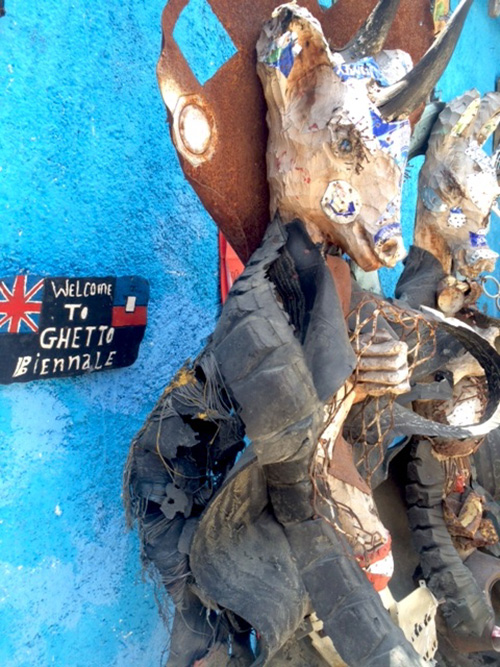
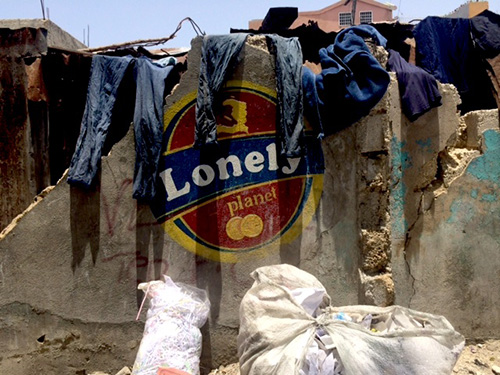
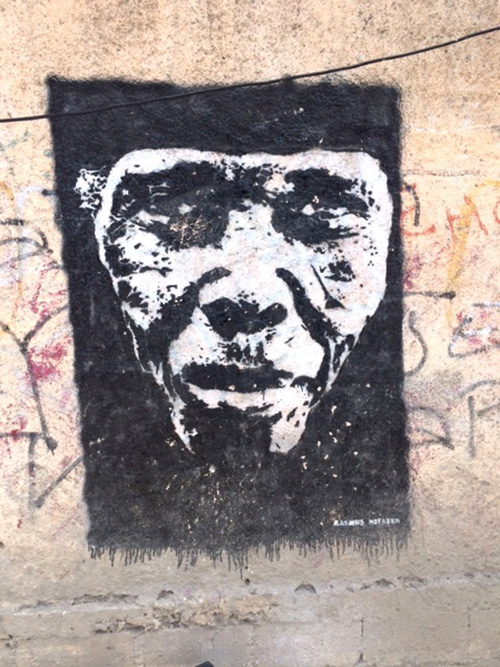
Atis Rezistans:
